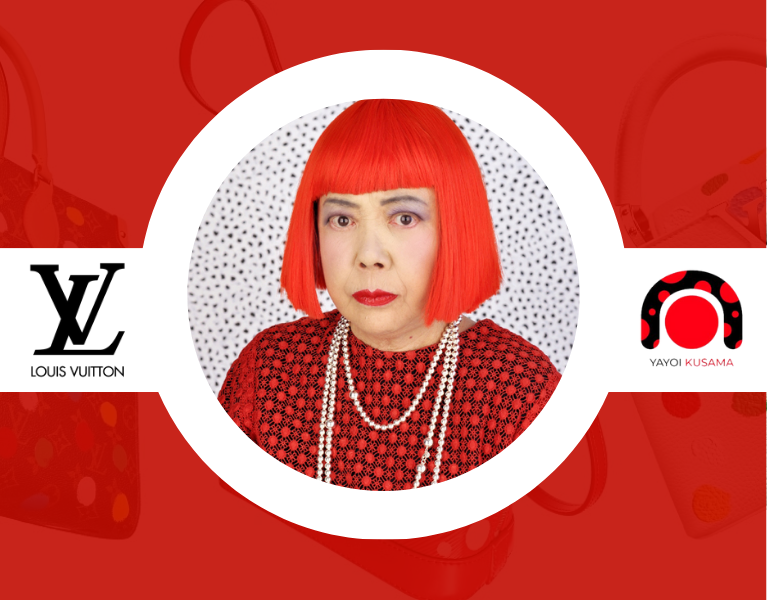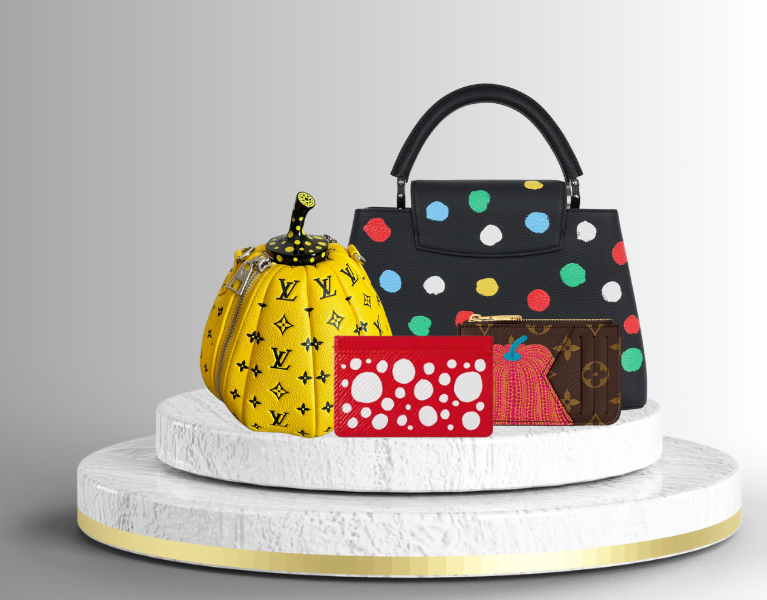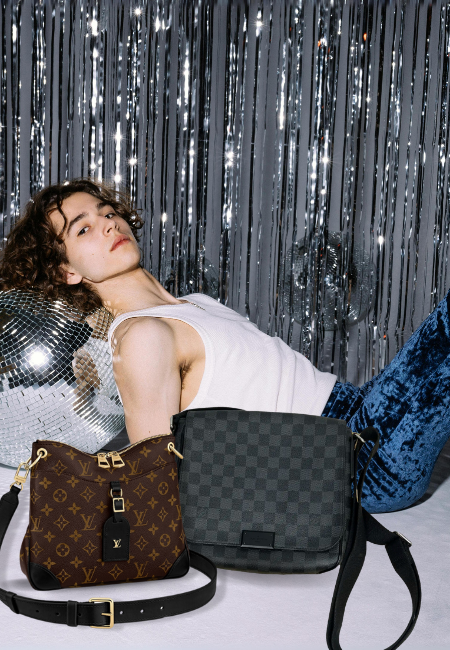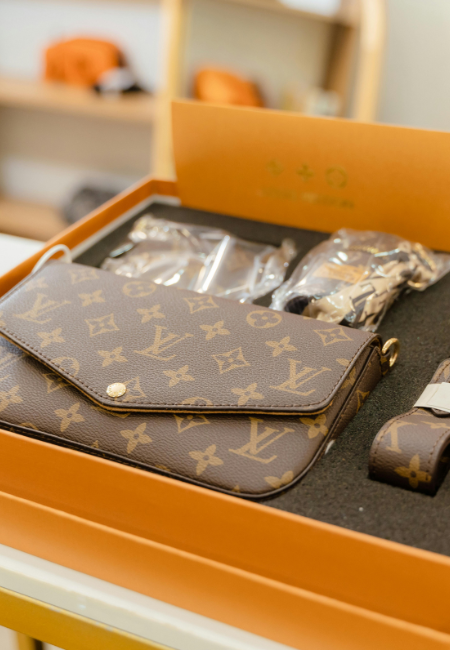
Louis Vuitton and Yayoi Kusama, both renowned in the realms of fashion and art, have teamed up once again for a highly awaited collection. While many were excited about this reunion after their successful 2012 collaboration, the new collection has elicited mixed reactions. Some critics believe the collection leans too heavily on commercial appeal and deviates from Kusama's distinct style. Conversely, others commend the playful use of colour and pattern.
Back in 2012, under the creative direction of Marc Jacobs, Louis Vuitton and Kusama delivered a collection that became a sensation. Featuring iconic designs like the Pumpkin bag, Capucines mini bag, and Card holder adorned with Kusama's signature polka dots, the collaboration was a hit. Today, these pieces are highly valued and sought after by fashion enthusiasts and collectors alike.


Fast forward to 2023, Louis Vuitton has reunited with Kusama, incorporating her iconic style into bags and clothing designed by Nicolas Ghesquière. Unfortunately, the collection appears to rehash items and designs from 2012, raising questions about its originality. Critics argue that Louis Vuitton is capitalising on Kusama's fame rather than creating innovative designs that reflect the fresh creativity of both the artist and the fashion house.
A major criticism of the collection is its commercial focus, prioritising luxury sales over showcasing artistic innovation. In the 2012 collaboration, the Louis Vuitton logo and Kusama’s dots merged seamlessly to create a unique motif. In contrast, the new collection simply prints Kusama’s polka dots on Louis Vuitton’s bags, lacking the personal touch of the artist.
This suggests that Louis Vuitton is relying on past successes rather than investing in new ideas. Such an approach could potentially make the brand seem stale and uninteresting, missing opportunities for development. The current collaboration feels like a strategy to leverage the lucrative Kusama craze for financial gain rather than creating a significant moment in luxury history.
Moreover, the collection lacks the depth and complexity of Kusama's original work. Her art often creates immersive, dreamlike environments that challenge perceptions of reality. The Louis Vuitton collection, however, focuses on creating marketable products that appeal to the mass market. This is evident in the advertising and store design, where Kusama’s dots dominate, accompanied by enormous sculptures and life-size robot replicas. The tagline "Creating Infinity" feels like a superficial nod to Kusama’s infinity rooms.


Louis Vuitton's prices are notoriously high, with bag prices ranging from around £1200 to upwards of £4000. Add a few polka dots and a ‘limited edition’ label, and the prices increase significantly. For instance, a Speedy Nano Bag, typically £1260, jumps to £1740 in this collection. While markups are common with limited editions, the £480 increase seems exorbitant. Given Kusama products are readily available in museum shops worldwide, a stylish yellow polka dot coin purse from the Tate shop at £170 might be a better deal than a scarlet LV x YK cardholder for £305.
One potential benefit of the collaboration is its ability to introduce new audiences to art. Delphine Arnault, Louis Vuitton’s executive vice president, emphasised the exposure these collaborations bring to artists. However, considering Kusama’s already established international reputation, this argument seems less convincing. A collaboration with a lesser-known artist might have achieved this goal more effectively.
While the integration of art into fashion can evoke negative reactions, implying fashion is commercial and art is authentic, this isn't always the case. The success of such collaborations depends on the approach. Unfortunately, in this instance, the approach falls short.



